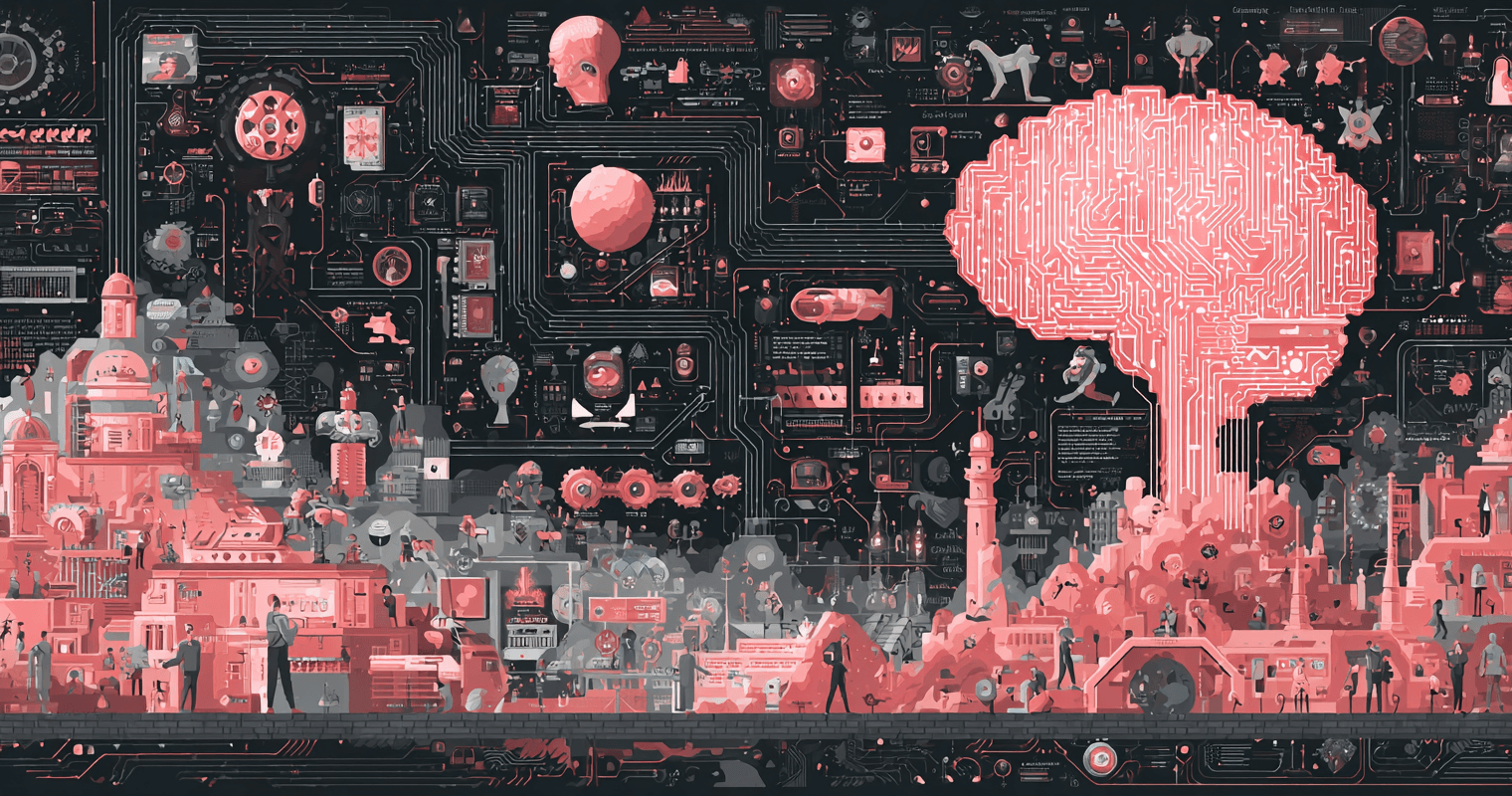
It’s Time to Dream Big Again
JFK’s vision inspired millions who wanted to pursue careers in science and engineering… Trump’s mission to Mars will do...


To me, this looks like a direct attack on Walmart. Walmart has been successful with its sales of high-volume daily goods in-store… And Amazon seems to have noticed…

Dear Reader,
It was only a matter of time.
The first major tech company has announced that it is reducing sales expectations for the first quarter of this year.
Apple provided an update yesterday on the effects that the coronavirus will have on its results. Apple uses Foxconn (Hon Hai Precision Industries) for manufacturing its iPhones and iPads.
And while Foxconn doesn’t have any manufacturing facilities in the Hubei province where the outbreak occurred, the ramifications on Apple’s supply chain and sales within China are clearly material to Apple’s business.
Apple closed all 42 of its Chinese retail stores in January, and most have still not reopened. And this happened at the most important time of the year for consumer goods in China – around the Chinese New Year holiday.
It was just last month that Apple was guiding to impressive growth expectations – as high as 15% in the first quarter. So this sudden update came as quite a surprise.
I applaud Apple for stepping up and being forthcoming about the impact of the coronavirus on its business. This will be a catalyst for a long line of other companies that have manufactured products coming from China to make similar announcements. The worst possible thing to do is to wait until an earnings announcement to release terrible news.
Apple’s comment that it is “experiencing a slower return to normal conditions than… anticipated” is telling. The company really doesn’t know what the results will be yet. While the daily increase of new cases appears to have slowed a bit, this is a case of “plan for the worst and hope for the best.”
But the larger issue at hand is how the supply chains for manufactured products can be negatively impacted by the coronavirus. A single missing part can bring manufacturing to a complete halt.
Fortunately, best-in-class companies always have contingency plans and alternative sources for their supply chains, specifically for a black swan event like this.
Worth considering is the longer-term impact that these events will have on how and where companies manufacture their products.
We saw a large-scale movement out of mainland China during the last two years as a result of ongoing trade negotiations and tariffs.
My gut tells me that the coronavirus will act as yet another catalyst. Companies will look outside mainland China for their manufacturing needs. This shift would have negative economic implications for China. But it would be a boon for other countries and companies.
I’ll keep monitoring the situation. But for now, our insights…
Anyone who hates fighting traffic to run errands will love this first insight…
Nuro is an early stage autonomous vehicle company founded by two ex-Google engineers. And it just got the green light to operate its second-generation delivery vehicle on public roads.
Nuro’s self-driving delivery vehicle is called the R2. Its dimensions are similar to that of a large refrigerator turned on its side. And the R2 is 100% autonomous. There isn’t even a place for a driver. There are no pedals, sideview mirrors, or steering wheels. It’s optimized for delivering packages or food. And its max speed is capped at 25 miles per hour.
To request a delivery from R2, customers use a smartphone app. The delivery goods are loaded into the self-driving car at one location, and the R2 navigates to the customer. The app also notifies customers when their delivery is ready at the designated location, and it gives them a code to access their goods. Once the customer enters the code on the touchscreen… boom. The delivery hatches pop open to reveal the goods.
The R2 Delivery Vehicle

Source: Nuro
This is such a neat concept. Even more impressive, Nuro is now the first company to get the Department of Transportation’s (DoT) approval to operate a driverless autonomous vehicle on public roads without brake pedals, sideview mirrors, and a steering wheel.
“Since this is a low-speed self-driving delivery vehicle, certain features that the Department traditionally required – such as mirrors and windshield for vehicles carrying drivers – no longer make sense,” Transportation Secretary Elaine Chao said.
If we remember, GM petitioned last year to test self-driving cars with no steering wheel in them. The DoT has still not responded to GM’s request, however.
This makes it clear that regulators will favor nonpassenger vehicles with low maximum speeds over autonomous vehicles for normal transportation purposes. And that brings us to the big takeaway…
We’ve talked a lot about Tesla, Waymo, and Cruise in these pages. They are the top players in self-driving vehicles for passengers. But there will also be a proliferation of self-driving vehicles for delivery and logistics purposes. We are going to see all kinds of small vehicles buzzing around our streets in the very near future.
That’s great news for those of us who don’t have time to run errands most days. Self-driving delivery vehicles will do tasks like delivering lunch, picking up groceries, and even taking clothes to the dry cleaners.
And, of course, there will be plenty of investment opportunities as the best companies in this space rise to the top. We’ll certainly add Nuro to our early stage watchlist.
As we have talked about before, Amazon laid out a plan last year to open a chain of midsized grocery stores. The first store set to open is in the Woodland Hills neighborhood of Los Angeles. And pictures from that store just leaked out…
Returns and Pickup Window at Amazon Store

Source: Bloomberg
Perhaps surprisingly, it looks just like a regular supermarket.
The AI-powered cameras that line Amazon Go stores are absent. The self-entry lanes that link consumers to their Amazon accounts are also missing. It does not appear that Amazon will utilize artificial intelligence (AI) in these midsized stores.
There is a pickup counter where customers can order food online and pick it up at the store. But otherwise, the store appears not much different than any other supermarket…
And that begs the question – just what is Amazon up to?
To me, this looks like a direct attack on Walmart. Walmart has been successful with its sales of high-volume daily goods in-store… And Amazon seems to have noticed.
I still hope that Amazon upgrades these stores with its “Grab-and-Go” technology. If Amazon were to take this route, I’m on record saying it would be a major hit with consumers.
But even if it doesn’t, I believe Amazon is going head-to-head with Walmart with these new supermarkets. It doesn’t want to cede even an inch of business to Walmart. And naturally, this is bad news for Walmart.
So this is something we’ll keep a close eye on this year. Just as I did when the first Amazon Go store opened in Manhattan, I plan to visit one of the first Amazon supermarkets when they open. As soon as I do, I’ll report back my findings in these pages.
I’m sure most readers are familiar with AI-powered digital assistants like Google Assistant, Apple’s Siri, and Amazon Alexa. These assistants are great at playing songs, checking the weather, and reading the news headlines. But they are not very good at having a general conversation with users. Historically, they have been a bit quirky about understanding natural language.
That’s where Google’s new chatbot “Meena” comes in. Meena was designed to understand human language – including nuanced questions – and formulate meaningful responses.
Google’s approach to developing Meena was to make sure its answers are always sensible and specific. And this development came from a new way of training the AI.
To train Meena, Google compiled thousands of real conversations that users had with Meena and other open-domain chatbots. Then humans rated those conversations based on whether the chatbot’s answers were sensible and specific.
Using that data, Google created a massive training model that included 2.6 billion parameters. That enabled it to train Meena on 8.5 times more data than it had trained previous conversational AIs.
As a result, Meena is the closest an AI has gotten to human-level conversational abilities. This is a major breakthrough in the space. And it will lead to rapid improvements.
One of my major predictions for 2020 was that we will see useful, human-level AI before the end of the year. The fact that it’s only February and we already have a major breakthrough in conversational AI gives me even more confidence that this prediction will be right.
This time next year, our personal AI will be able to make our dinner reservations… schedule our appointments… and perhaps even begin to do our taxes.
Life is about to get a lot easier thanks to artificial intelligence.
Regards,
Jeff Brown
Editor, The Bleeding Edge
Like what you’re reading? Send your thoughts to feedback@bonnerandpartners.com.

Read the latest insights from the world of high technology.

JFK’s vision inspired millions who wanted to pursue careers in science and engineering… Trump’s mission to Mars will do...

The timing of these discussions by OpenAI to go public next year is suspicious…

To oversimplify the intelligence-to-price ratio… it is getting much, much cheaper to run AI applications.